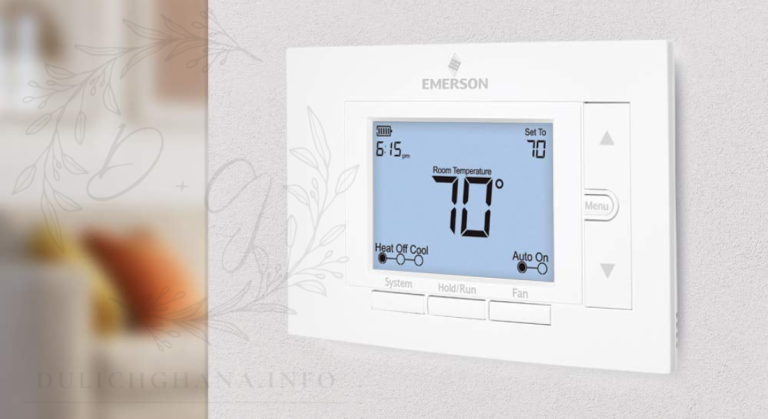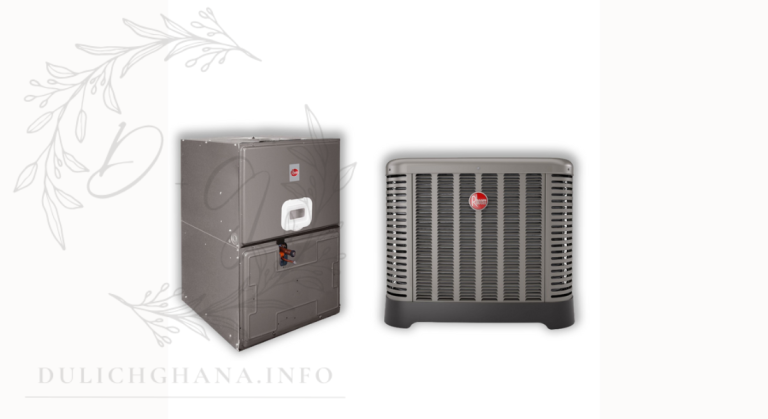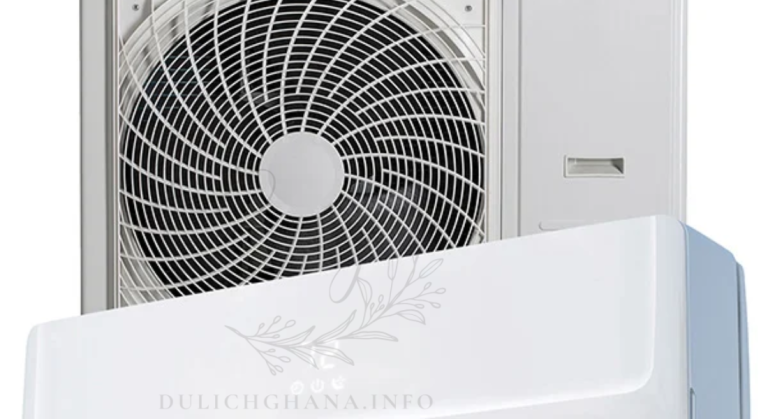
When planning your next vacation or business trip, hotel ratings often play a crucial role in deciding where to stay. Whether you’re looking at star ratings, diamonds, or guest reviews, each system helps gauge the quality, service, and amenities a hotel offers. But what exactly goes into these ratings? Understanding the criteria behind hotel rating frameworks can help you make more informed decisions when booking your next stay. Here’s a look at the most common hotel rating systems and the criteria used to evaluate accommodations.
1. Star Rating System: The Most Recognized Standard
The star rating system is one of the most widely recognized hotel rating frameworks and ranges from 1 to 5 stars. Star ratings are typically awarded by official tourist boards, travel organizations, or independent rating agencies, and they reflect the overall quality, service, and amenities provided by a hotel.
Key Criteria:
- 1 Star: Basic accommodations with limited services and minimal amenities. These hotels offer clean, budget-friendly options but may lack additional comforts like daily housekeeping, room service, or on-site dining.
- 2 Stars: Similar to 1-star hotels but with slightly more amenities, such as a basic restaurant or limited room service. Rooms may be more comfortable, but services remain minimal.
- 3 Stars: Mid-range hotels that provide a balance of comfort and service, often with additional features such as fitness centers, swimming pools, and more substantial dining options.
- 4 Stars: High-quality hotels with superior service and a wide range of amenities, such as fine dining restaurants, full-service spas, concierge services, and upgraded room options.
- 5 Stars: Luxury hotels offering exceptional service, lavish accommodations, top-tier amenities (such as multiple gourmet dining options and extensive spa facilities), and personalized attention to guests. These hotels often feature exceptional design, exclusive experiences, and unmatched attention to detail.
Examples: The Four Seasons and The Ritz-Carlton are commonly rated as 5-star hotels due to their luxurious offerings, while brands like Holiday Inn often fall within the 3-star range.
2. AAA Diamond Rating System: North America’s Premier Rating System
The AAA Diamond Rating system, used primarily in North America, evaluates hotels based on their overall quality, range of amenities, and service levels. Like the star system, it ranges from 1 to 5 diamonds, with 1-diamond properties being more basic and 5-diamond properties representing the pinnacle of luxury.
Key Criteria:
- 1 Diamond: Simple and functional accommodations with basic services, suitable for travelers looking for no-frills options.
- 2 Diamonds: Modest yet comfortable hotels that provide some additional amenities, such as a small restaurant or fitness area.
- 3 Diamonds: More refined hotels with a higher level of comfort, including enhanced services and a range of amenities.
- 4 Diamonds: Upscale hotels offering superior comfort, décor, and personalized service. Guests can expect full-service restaurants, luxury bedding, and professional staff.
- 5 Diamonds: These hotels offer an extraordinary level of luxury and sophistication, with meticulous attention to detail, gourmet dining, and world-class service.
Examples: The Beverly Hills Hotel and The Peninsula Chicago are 5-diamond properties, known for their lavish accommodations and impeccable service.
3. Forbes Travel Guide: Global Standards of Luxury
The Forbes Travel Guide (formerly Mobil Travel Guide) is known for its meticulous inspections and high standards, offering a star rating system that ranges from 3 to 5 stars. Unlike the traditional 1-star system, Forbes focuses on the higher end of the spectrum, with the lowest rating being 3 stars. This system is especially popular for evaluating luxury hotels worldwide.
Key Criteria:
- 3 Stars: These hotels deliver good service, comfortable accommodations, and a pleasant atmosphere. While not opulent, they maintain high-quality standards across all areas.
- 4 Stars: A step up in luxury, 4-star hotels offer upscale amenities, superior service, and a focus on providing a more polished and refined experience.
- 5 Stars: The highest accolade in the Forbes system, reserved for hotels that offer exceptional luxury, personalized service, and unique, memorable experiences. Forbes looks for perfection in service delivery, innovation in amenities, and impeccable design.
Examples: The St. Regis New York and The Waldorf Astoria Beverly Hills are both 5-star Forbes-rated hotels, known for their excellence in service and luxury accommodations.
4. Online Guest Reviews: Real-Time, User-Generated Ratings
With the rise of digital platforms, guest reviews on websites like Tripadvisor, Google, Booking.com, and Expedia have become a significant factor in hotel ratings. These platforms rely on real-time user-generated feedback, allowing travelers to share their experiences and rate hotels based on a variety of factors.
Key Criteria:
- Overall Satisfaction: Many review platforms ask guests to rate their overall experience, usually on a scale of 1 to 5 stars or a percentage score.
- Cleanliness: The cleanliness of the hotel, rooms, and common areas is a key factor in guest reviews.
- Service Quality: Guests often rate the helpfulness, professionalism, and friendliness of the hotel staff, as well as the efficiency of service.
- Location: The hotel’s proximity to attractions, business centers, or beaches can significantly affect guest reviews.
- Value for Money: Travelers assess whether the experience, service, and amenities they received are worth the price they paid.
- Amenities: Reviews often highlight amenities like pools, gyms, Wi-Fi quality, dining options, and spa services, especially if they exceeded or fell short of expectations.
Examples: Hotels with consistently high ratings on platforms like Tripadvisor often boast real-time feedback from travelers praising elements like service, location, and cleanliness. For example, The Savoy in London consistently scores high due to its iconic status and impeccable service.
5. Green Key and Eco-Rating Systems: Sustainability Standards
With the growing emphasis on sustainability, eco-rating systems like Green Key, EarthCheck, and LEED (Leadership in Energy and Environmental Design) provide additional hotel ratings based on environmental responsibility. These systems evaluate hotels on their energy use, water conservation, waste management, and overall sustainability practices.
Key Criteria:
- Energy Efficiency: Hotels are assessed on their energy-saving initiatives, such as using energy-efficient lighting, appliances, and HVAC systems.
- Water Conservation: Green hotels often implement water-saving practices, such as low-flow faucets, recycling water, or using greywater systems for landscaping.
- Waste Management: Effective recycling programs, composting, and efforts to reduce plastic and single-use materials are key criteria.
- Sustainable Sourcing: Hotels that use local, organic, or sustainably sourced food and materials often score higher in these ratings.
- Certification Programs: Some eco-rating systems require hotels to meet certain certifications or sustainability benchmarks, such as LEED certification for green buildings.
Examples: The Banyan Tree Mayakoba in Mexico and the Six Senses Zighy Bay in Oman are Green Key-certified resorts known for their commitment to sustainable tourism and environmentally friendly practices.
6. Michelin Guide: Hotel and Restaurant Quality
While the Michelin Guide is best known for its restaurant ratings, it also includes evaluations of luxury hotels and resorts. Michelin’s focus is on exceptional quality in all areas, from dining to service and accommodations.
Key Criteria:
- Service Excellence: Michelin looks for highly attentive and personalized service that enhances the guest experience.
- Culinary Offerings: Hotels with Michelin-starred restaurants or exceptional culinary programs often receive high ratings.
- Design and Ambiance: A focus on elegant, sophisticated design and atmosphere, as well as how the property integrates with its surroundings.
- Guest Experience: The overall guest experience, from check-in to departure, is thoroughly evaluated, with a focus on seamless, personalized service.
Examples: Hotels like The Connaught in London, which boasts a Michelin-starred restaurant, regularly receive recognition from the Michelin Guide for their luxury accommodations and dining.
Conclusion
Understanding hotel rating frameworks can help you better evaluate where to stay based on your preferences for luxury, service, sustainability, and guest satisfaction. Whether you trust the star system, rely on online reviews, or seek eco-friendly options through green certifications, these criteria provide a clear benchmark for what to expect. By knowing how hotels are rated, you can choose accommodations that align perfectly with your travel expectations, ensuring a stay that meets—and exceeds—your standards.






